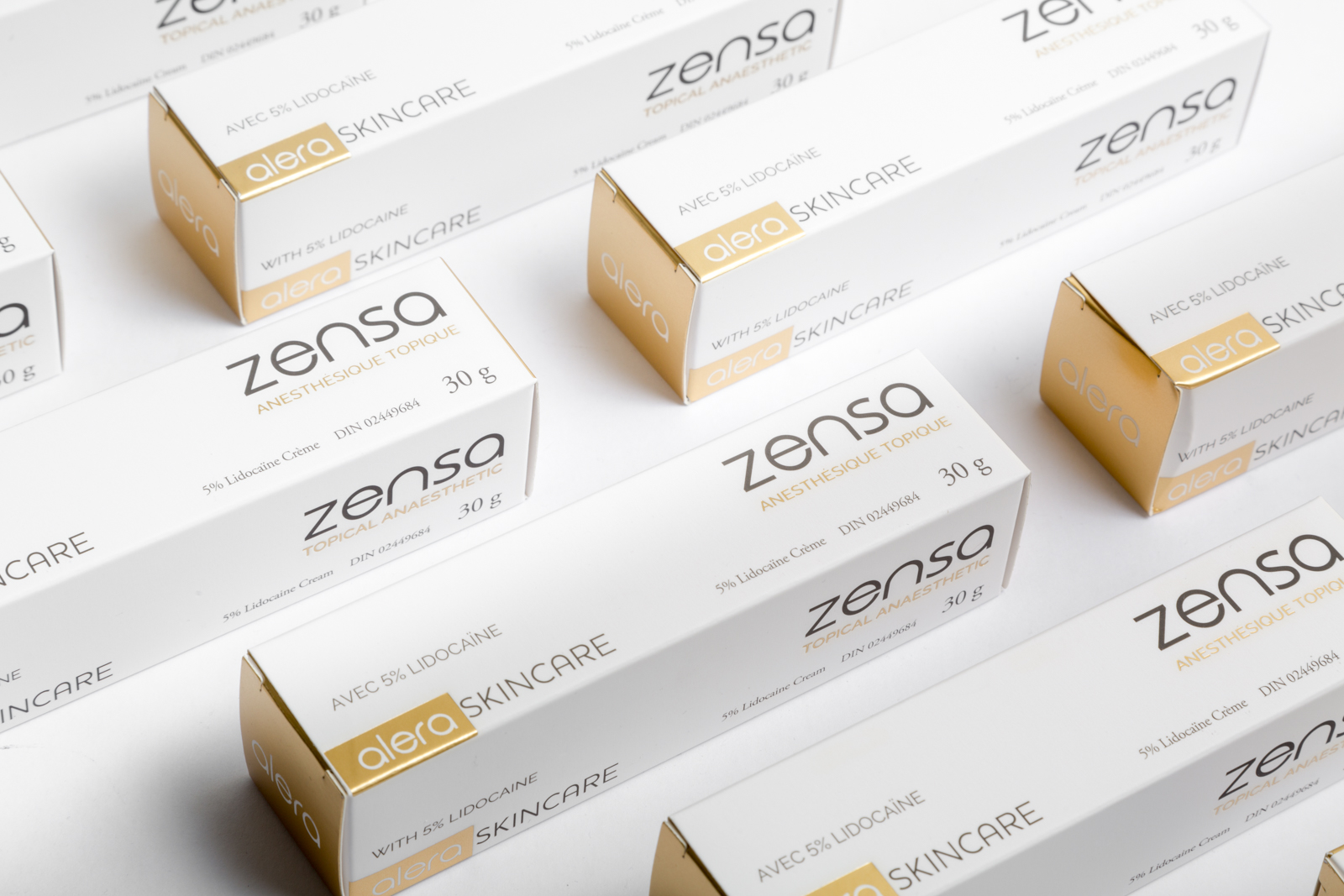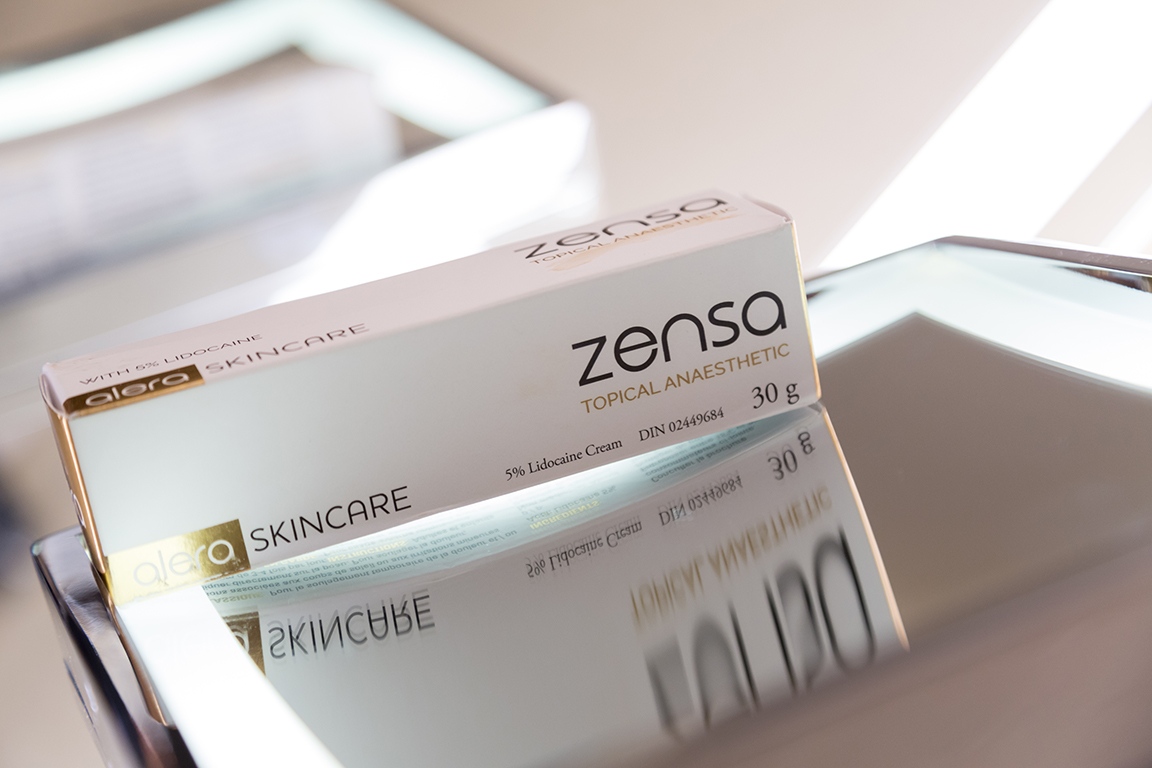6 Types of Eczema: Symptoms, Causes and Treatments
6 Types of Eczema: Symptoms, Causes and Treatments
Eczema is an extremely common skin condition that causes redness, itching and irritation of the skin. Eczema is so common it affects the daily lives of more than 42 million people in North America.
Symptoms of eczema range from dry, itchy skin to cracked skin and even open sores in severe cases.
While the exact causes of eczema are unknown, medical professionals agree that the condition often develops from a combination of genetics and environmental triggers.
These are six different types of eczema:
- Atopic Dermatitis
- Contact Dermatitis
- Dyshidrotic Eczema
- Nummular Eczema
- Seborrheic Dermatitis
- Stasis Dermatitis
It is possible to have more than one type of eczema and some forms are extremely rare. Get to know the type of eczema you have, how to avoid triggers and the best ways to treat your condition.
Types of Eczema: Symptoms, Triggers and Treatments
1. Atopic dermatitis
Atopic dermatitis is one of the most common types of eczema. It causes chronic inflammation and usually begins in childhood. The symptoms can fluctuate causing “flare-ups” where the condition gets much worse.
Symptoms include:
- Dry, scaly, red skin
- Itching
- Cracked skin behind the ears
- Rashes on the cheeks, arms and legs
- Open or crusted sores during flare-ups
Triggers:
- Exposure to allergens such as pollen and pet dander
- Stress
- Dry, infected skin
- Certain fabrics
- Soaps
- Household cleaners
Treatments:
The most effective way to treat atopic dermatitis is to avoid any triggers that make your eczema worse. Phototherapy and systemic treatments like methotrexate and cyclosporine will help reduce inflammation. Using an all-natural anti itch cream like Zensa Healing Cram will help combat your eczema at any stage, reducing redness, itching and inflammation.
2. Contact dermatitis
Contact dermatitis occurs when the skin comes in contact with irritating allergies or substances. It usually appears on the hands and fingers. It causes the skin to burn, and itch.
Symptoms:
- Redness and rashes
- Burning or swelling
- Blisters that may weep or crust over
Triggers:
- Solvents
- Industrial chemicals
- Detergents
- Fumes
- Tobacco smoke
- Paints
- Bleach
- Wool
- Acidic Foods
- Astringents
- Skincare products that contain alcohol (cetyl alcohol is OK)
- Some soaps and fragrances
- Allergens like pet dander and pollen
Treatments:
Avoiding contact with the trigger that initially caused the flare-up will allow the rash to clear in 2-4 weeks. Certain antibiotics, anti-fungal creams and moisturizers will help reduce the symptoms. Using a topical anesthetic like Zensa Numbing Cream will not only numb the area with Lidocaine so you can’t feel the itching or burning, it also uses all-natural ingredients like Vitamin E to reduce swelling and inflammation.

3. Dyshidrotic eczema
This type of eczema causes small, itchy blisters to appear on fingers, toes, palms and soles of the feet. It is twice as common in women as it is in men.
Symptoms:
- Small fluid-filled blisters on the fingers, hands, and feet
- Itching
- Redness
- Flaking, scaly, cracked skin
- Pain
Triggers:
- Stress
- Pollen
- Moist hands and feet
- Nickel and cobalt
Treatments include:
The best at-home remedies for dyshidrotic eczema include soaking hands and feet in cool water or applying a compress for 15 minutes 2-4 times a day to the affected area. For added relief, use a skin barrier repair cream or a moisturizer like Zensa Healing Cream. With more severe cases, using a topical numbing cream will soothe the pain caused by scaly, cracked skin. Blisters can be drained by a medical professional in-office, and a medical professional may use Botox as a way to reduce sweating and wetness in the hands and feet.

4. Nummular eczema
Nummular eczema (also known as discoid eczema) can occur at any age and looks very different from other types. It can also be much harder to treat. People who have this type of eczema usually develop small coin-shaped spots on their skin that become very itchy.
Symptoms:
- Round, coin-shaped spots
- Itching
- Dry, scaly skin
- Wet, open sores
Triggers:
- Damage to the skin through bug bites, scratches, scrapes or burns
- Inflammation on the body
- Cold, dry winter temperatures
- Nickel
- Poor blood flow and swelling
- Certain topical antibiotic creams
Treatments:
As with Atopic eczema, keeping your skin moisturized is one of the best ways to prevent and treat nummular eczema. Mild steroid creams have proven fairly ineffective against this type of eczema; however, an over-the-counter numbing cream may provide relief. Zensa Numbing Cream is the most powerful topical anesthetic you can buy without a prescription. It uses 5% lidocaine to numb the affected area and vitamin E to reduce redness, itching and inflammation. It is also all-natural, cruelty-free and vegan.

5. Seborrheic dermatitis
Seborrheic dermatitis is a chronic form of eczema that appears in areas of the body where there are a lot of oil-producing glands like the nose, scalp and upper back. Microorganisms that live naturally in the skin are also a contributor. It’s most common in children under three months and adults between the ages of 30-60.
Symptoms:
- Redness
- Greasy, swollen skin
- White or yellowish crusty flakes
- Triggers:
- Stress
- Hormonal change
- Illness
- Harsh soaps and chemicals
- Cold, dry weather
- Certain medications like psoralen and lithium
Treatments:
In mild cases a medicated shampoo and topical antifungal cream may be all you need to control the symptoms of Seborrheic dermatitis. Try using a gentle body cleanser with 2% zinc pyrithione, followed by a moisturizer or cream that contains salicylic acid and sulfur or coal tar.
In more severe cases, using a topical numbing cream like Zensa will numb the affected area and soothe the itchy, redness and inflammation.
6. Stasis dermatitis
Stasis dermatitis usually affects people with poor circulation and is most common in women over the age of 50. It occurs when there is an irregular blood flow in the veins and pressure develops. The pressure causes fluid to leak from the veins into the skin, causing stasis dermatitis.
Symptoms:
- Swelling around the ankles
- Redness & itching
- Varicose veins
- Pain
- Infection
- Oozing, open areas of skin
- Cracking or larger ulcers
Triggers:
- High blood pressure
- Obesity
- Pregnancy
- Kidney or heart failure
- Blood clots in legs
Treatments:
Doctors may recommend surgery to treat the damaged veins in your legs if repair is possible. Pressure wraps and stockings are used to move the fluid out of the skin. Elevating the legs while asleep will help alleviate swelling. Use a special dressing applied by a doctor on open sores or ulcers. A topical anesthetic will soothe the itch and burn and calm inflammation. Often times doctors will use an Unna Boot, which is a type of gauze bandage with medications that promote healing and provide compression, which helps with fluid build-up.
